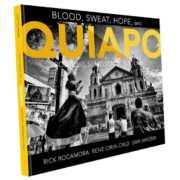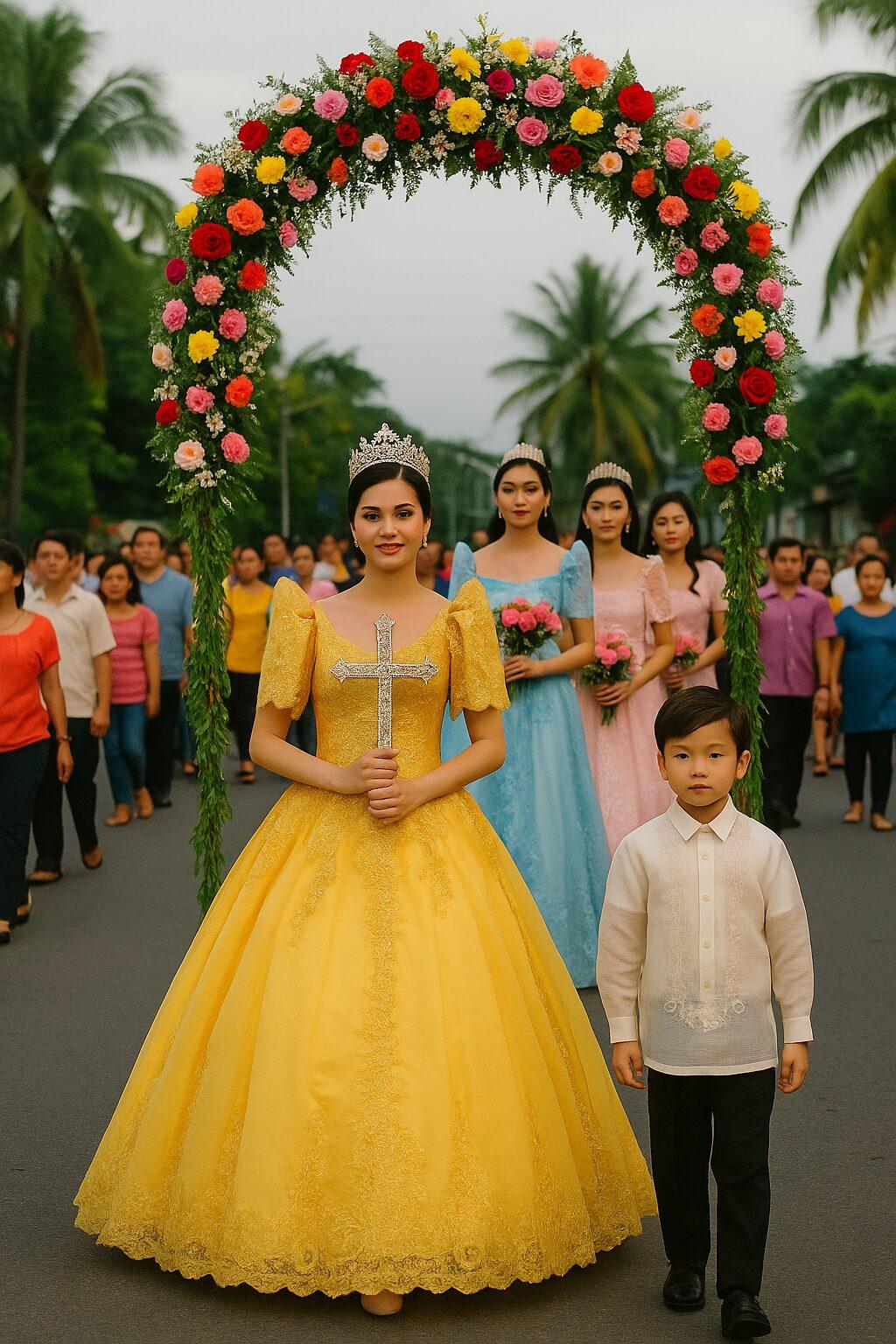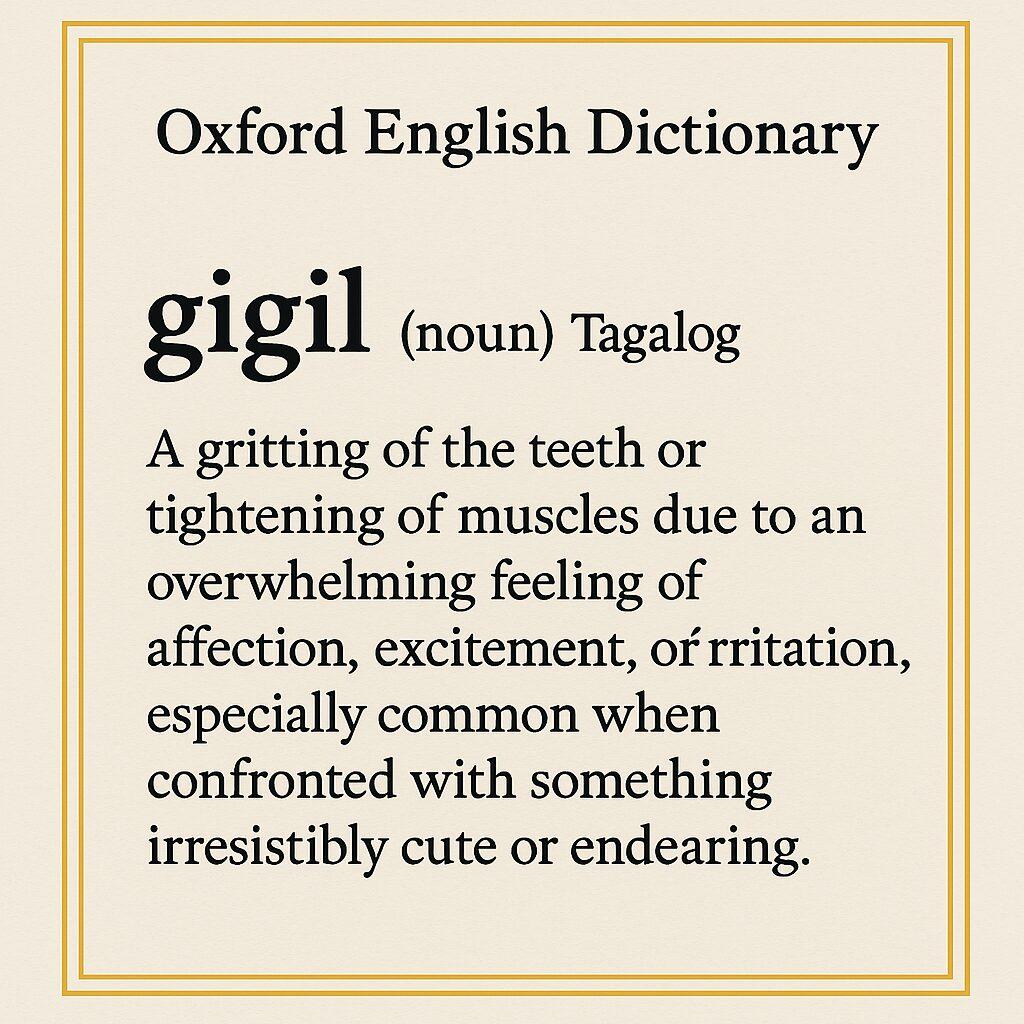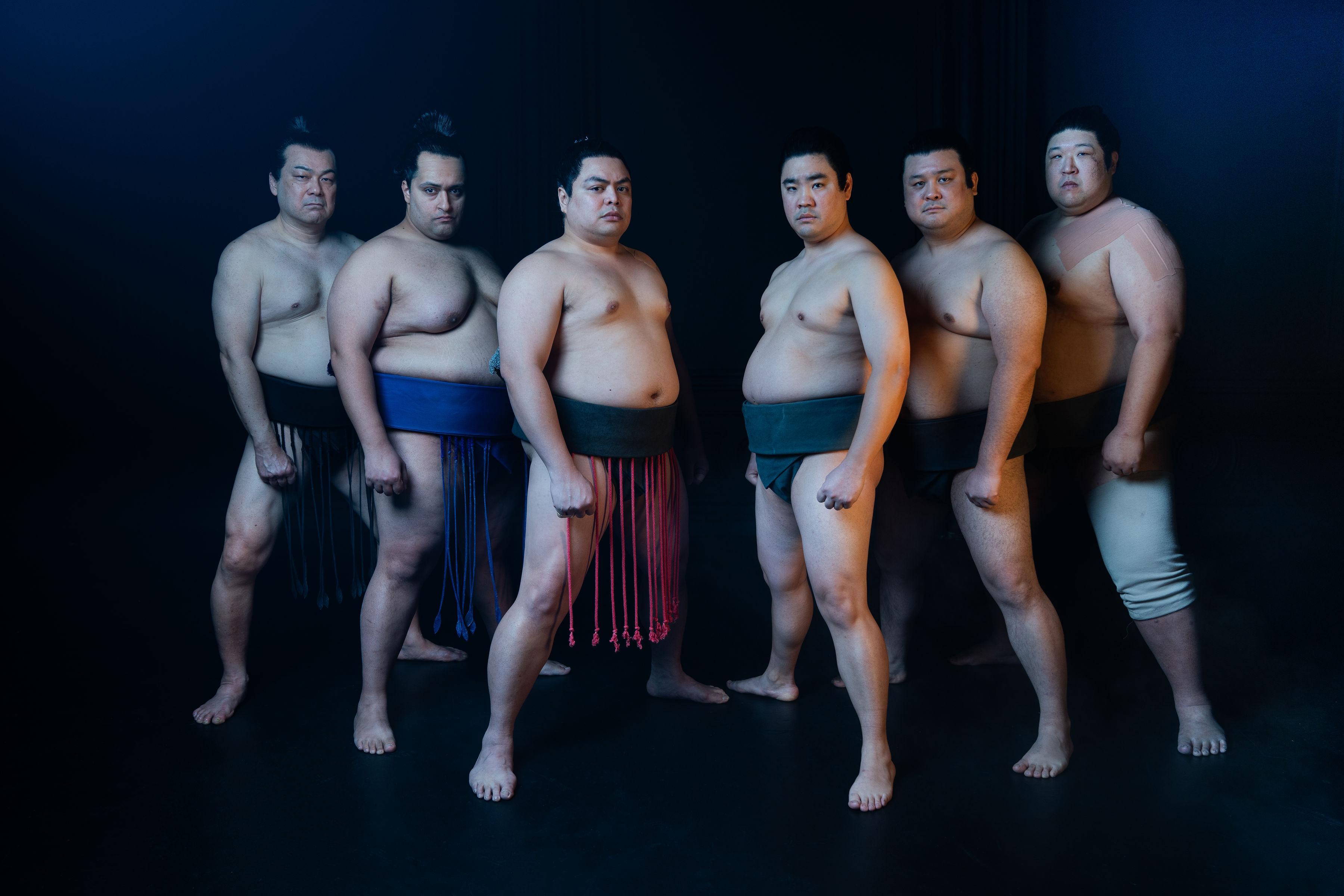A photo essay by Rick Rocamora, with an introduction by Rene Ciria-Cruz
Quiapo is a photo essay by award-winning photojournalist Rick Rocamora. Quiapo, is actually two interrelated photo essays, in one book. The first story is about the people who live in and about Quiapo, a commercial district in the heart of Manila, many of whom are street/sidewalk vendors whose makeshift stalls are weighted down with all sorts of goods.
Most of these vendors are forced to sleep inside or beside these stalls to safeguard their wares at night. And an economy has thus sprung up to service their needs, from portable sleeping cots, to food, water, and what not. Rick Rocamora’s camera captures tender portraits of these folk and documents their living conditions.
The second story focuses on one of Quiapo’s residents, a young woman, Rodallie Rosende, who, despite the hard scrabble life of vendors in Quiapo, has struggled to pursue a college education, thanks in part to an anonymous donor who helps with her college fees and some living expenses. Rocamora’s early photographs of Rodallie in Quiapo, helped bring this anonymous donor forward.
As with his previous photo documentary projects, Rocamora visits and re-visits his subjects over a long period of time, developing a deep empathy for their struggles, their dreams, and their hopes. This is evident, not just in his photographs (which are in black and white), but in the spare captions that accompany them. As Ed Kashi notes in his promotional review on the back cover to the book, Quiapo exemplifies “the very best of what documentary photography can and should be.”
Rocamora’s Quiapo, dignifies the lives of Quiapo’s street vendors; it invites empathy for their struggles and admiration for their grit. His portraits are compelling, but gentle, revealing his subject’s sense of hope. His street scenes, on the other hand, are multilayered revealing Rocamora’s sense of humor and creative eye.
For the many Filipinos and Filipino Americans who have not been to Quiapo, Rene Ciria-Cruz’s introduction is instructive and provides historical context for the photographs. Dan Amosin’s personal story demonstrates that even in the most hard-scrabble of circumstances, hope, grit, and self-reliance trumps (no pun intended) despair.
For those familiar with Rocamora’s body of work, this is a very special collection. The last time Rocamora decided to collect his work into a book (America’s Second Class Veterans, 2009), a film (Second Class Veterans) aired over PBS stations during 2003-4 documenting his efforts. These, together, inspired many to join Filipino veterans of World War II, in their struggle for recognition and justice. Rocamora’s Quiapo shines a much-needed light on the lives of Manila’s urban poor and homeless, and of their grit to remain self-reliant, and dignified.
*Copies of Quiapo are available through the photographer: rbrocamora@gmail.com.







